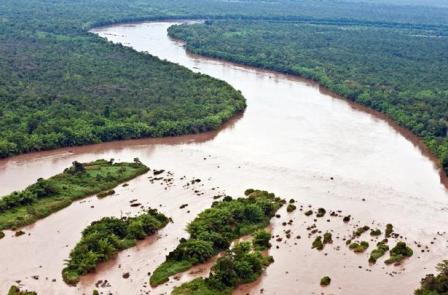 Economy
Economy

Banks and credit institutions need to support the socio-economic development of the Mekong Delta provinces, State Bank of Việt Nam Deputy Governor Đào Minh Tú has said.
 |
| Banks and credit institutions need to support the socio-economic development of the Mekong Delta provinces. — Photo thiennhien.net |
HẬU GIANG — Banks and credit institutions need to support the socio-economic development of the Mekong Delta provinces, State Bank of Việt Nam Deputy Governor Đào Minh Tú has said.
Speaking at a conference in Hậu Giang Province on Tuesday to discuss developmental credit activities in the region, he urged lenders to focus on mobilising funds to meet the demands from construction, businesses and farmers.
Credit to support trade and stabilise socio-economic development and the new rural area development programme would be prioritised, he said, adding strong efforts must be made to assist new enterprises and farmers affected by drought and salinity intrusion.
Besides capital poured from the State’s budget, bank credit has played an important role in helping the region develop production and trading and strengthen its advantage as an agriculture hub of the country.
Thanks to bank loans, many companies and households as well as agriculture and aquaculture farmers have been able to expand their business.
Credit growth in the region has always been higher than the national rate.
As of the end of last month the total deposits in the region were worth over VNĐ350 trillion (US$15 billion), up 9.93 per cent year-on-year and accounting for 7 per cent of total bank deposits in the country.
Loans outstanding have grown by 3.39 per cent this year to VNĐ398 trillion ($17.8 billion).
Social policy lending has also helped locals greatly in improving their living standards, with more than two million people benefiting so far.
The delta has one city and 12 provinces and a population of 18 million.
It is a national agriculture and aquaculture hub.
It contributes 50 per cent of the national rice output and 92 per cent of exports and 60 per cent of aquaculture exports. — VNS